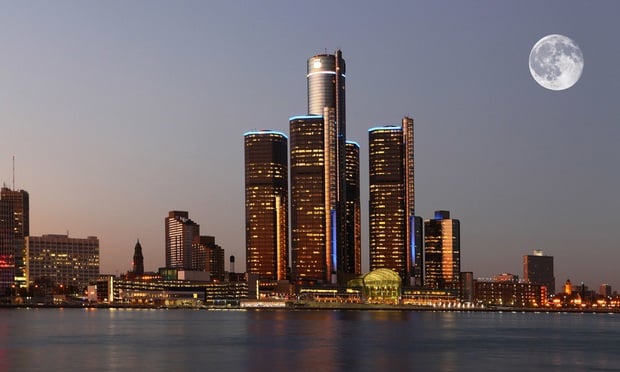The driving principle of the act, according to the Michigan Association ofRealtors, is that developers of residential subdivision may choose to preserve various natural features and minimize environmental impacts, or preserve onsite or offsite open space in return for an expedited permittingprocess and greater flexibility in density and mixed use, in areas alreadyzoned for residential use.
Key provisions include:* Increased density; diversity and flexibility in platting.
* Increased preservation of open space, farmland and natural features.
* More dense use of developed sites.
* Preservation of 50% of the parcel developed either on- or off-site.
* Reduced infrastructure costs.
* Far less road, sewer, water and other investments per housing unit.
* More livable communities.
* Limited compatible-commercial opportunities in walking distance.
* More common open space.
Groups supporting the act are MAR, the Michigan Farm Bureau, the MichiganChamber of Commerce, Detroit Renaissance, the Michigan Environmental Council, the Michigan United Conservation Clubs and the Michigan Association of Homebuilders.
Want to continue reading?
Become a Free ALM Digital Reader.
Once you are an ALM Digital Member, you’ll receive:
- Breaking commercial real estate news and analysis, on-site and via our newsletters and custom alerts
- Educational webcasts, white papers, and ebooks from industry thought leaders
- Critical coverage of the property casualty insurance and financial advisory markets on our other ALM sites, PropertyCasualty360 and ThinkAdvisor
Already have an account? Sign In Now
*May exclude premium content© 2024 ALM Global, LLC, All Rights Reserved. Request academic re-use from www.copyright.com. All other uses, submit a request to [email protected]. For more information visit Asset & Logo Licensing.






